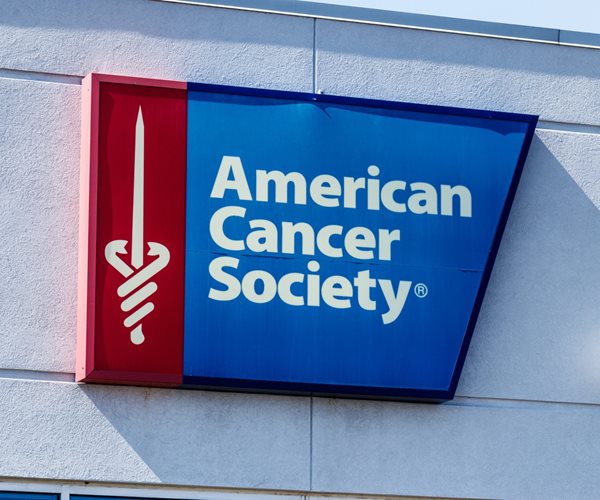
A new report from the American Cancer Society on cancer incidence, mortality and survival in the United States shows that the cancer death rate had its largest one-year decline ever from 2016 to 2017. The cancer death rate dropped 2.2 percent from 2016 to 2017, declining for the 26th year in a row. The report has been published in CA: A Cancer Journal for Clinicians.
The data for the report was obtained from a variety of government databases and cancer registries, including the National Center for Health Statistics, National Cancer Institute’s Surveillance, Epidemiology and End Results Program, the National Program of Cancer Registries, and the North American Association of Central Cancer Registries. The most recent data is from 2017, while some of the information dates back to 1930. The data dates back a few years because of the time required to collect and analyze the information.
An analysis of the data showed that, since its peak of about 215 cancer deaths for every 100,000 people in 1991, the cancer death rate in the United States has continued to fall. Between 1991 and 2017, the cancer death rate fell by 29 percent, which translates to an estimated 272,450 fewer deaths in 2017 and 2.9 million fewer deaths overall than if death rates remained at their peak. Despite the progress, cancer remains the second-leading cause of death in the U.S., after heart disease.
The report finds that the drop in the cancer mortality rate was driven largely by declining death rates from lung cancer. Progress against lung cancer has improved survival rates at every stage of the disease. Since their respective peaks, deaths from lung cancer have dropped 51 percent for men and 26 percent for women. Cancer doctors and epidemiologists attributed much of the decline to fewer people smoking, as well as advances in early detection, surgical techniques, and radiation therapy.
The most rapid declines in the death rate in the report occurred in melanoma of the skin, which saw significant declines after a breakthrough treatment was approved in 2011. The overall melanoma mortality rate dropped by 7 percent per year from 2013 to 2017 for people between ages 20 to 64. The rate also dropped 5 percent to 6 percent a year for patients 65 and older.
